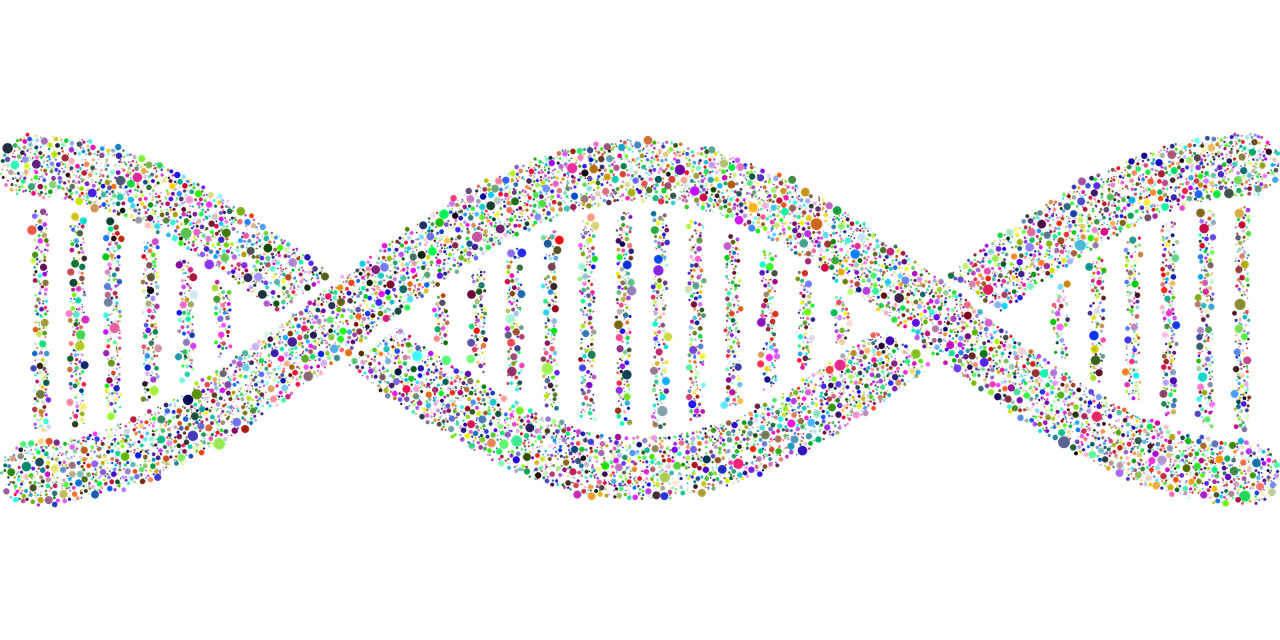Maxwell’s equations are four fundamental equations formulated by James Clerk Maxwell that represent the basis of classical electromagnetism, dictating the design of modern communication technologies and other electromechanical systems. These equations describe how electric and magnetic fields are altered by each other and sourced by charges and currents, offering indispensable mathematical insights into a wide range of physical phenomena. This blog post will explore these equations in depth, examining their various forms, and delve into their diverse applications in modern technology and theoretical physics.
A first glance at Maxwell’s equations
- Definitions
 – electric fields,
– electric fields,  – magnetic field
– magnetic field – charge density,
– charge density,  – current density
– current density  – vacuum permittivity,
– vacuum permittivity,  – vacuum permeability
– vacuum permeability
- 1. Gauss’s law
- Differential form:

- Integral form:

- 2. Gauss’s law for magnetism
- Differential form:

- Integral form:

- 3. Faraday’s law of induction
- Differential form:

- Integral form:

- 4. Ampère’s law
- Differential form:

- Integral form:

Delving deeper: Applications of Maxwell’s equations
Electromagnetic wave propagation
By combining Faraday’s law and Ampère’s law, Maxwell predicted the existence of electromagnetic waves. In other words, time and space-varying electric and magnetic fields may propagate freely through space given that the ![]() and
and ![]() fields are transverse to each other and the direction of wave propagation, phase shifted by
fields are transverse to each other and the direction of wave propagation, phase shifted by ![]() or
or ![]() degrees. The electromagnetic wave equation can be derived from Maxwell’s equations as follows (using
degrees. The electromagnetic wave equation can be derived from Maxwell’s equations as follows (using ![]() and
and ![]() for simplicity):
for simplicity):
Derivation of the wave equation for the electric field:
Taking the curl of Faraday’s law, using a vector identity, and the fact that ![]() in a vacuum:
in a vacuum: ![]() =
= ![]() . Therefore,
. Therefore, ![]() . Then, using Ampère’s law and the fact that
. Then, using Ampère’s law and the fact that ![]() in a vacuum:
in a vacuum: ![]() .
.
Derivation of the wave equation for the magnetic field:
Taking the curl of Ampère’s law, using a vector identity, and the fact that ![]() in a vacuum and
in a vacuum and ![]() :
: ![]() =
= ![]() . Therefore,
. Therefore, ![]() =
= ![]() =
= ![]() by Faraday’s law.
by Faraday’s law.
Notably, while both wave equations can be written solely in terms of ![]() and
and ![]() , respectively, a propagating electric field wave will always be accompanied by a magnetic field and vice versa. Jointly, these two equations describe the free propagation of electromagnetic waves, including visible light, which is used in LiDAR, radio waves (used in radar, Wi-Fi, and cellular signal), and other frequencies of light.
It turns out that we can do a lot with electromagnetic waves. For example, by applying an AC current to an antenna, electrons are forced to oscillate and radiate radio waves into the air. This is the basic idea that underpins most wireless communication. On the other hand, the boundary conditions of electromagnetic waves incident on a material of a different refractive index provides us with Snell’s law and the Fresnel equations, dictating the refraction, reflectance, and transmission of light, especially useful for optical systems.
, respectively, a propagating electric field wave will always be accompanied by a magnetic field and vice versa. Jointly, these two equations describe the free propagation of electromagnetic waves, including visible light, which is used in LiDAR, radio waves (used in radar, Wi-Fi, and cellular signal), and other frequencies of light.
It turns out that we can do a lot with electromagnetic waves. For example, by applying an AC current to an antenna, electrons are forced to oscillate and radiate radio waves into the air. This is the basic idea that underpins most wireless communication. On the other hand, the boundary conditions of electromagnetic waves incident on a material of a different refractive index provides us with Snell’s law and the Fresnel equations, dictating the refraction, reflectance, and transmission of light, especially useful for optical systems.

nice blog